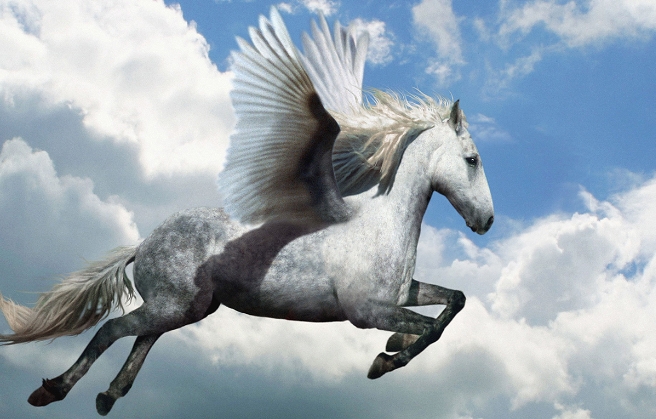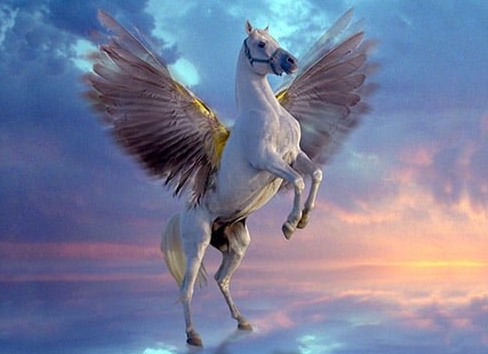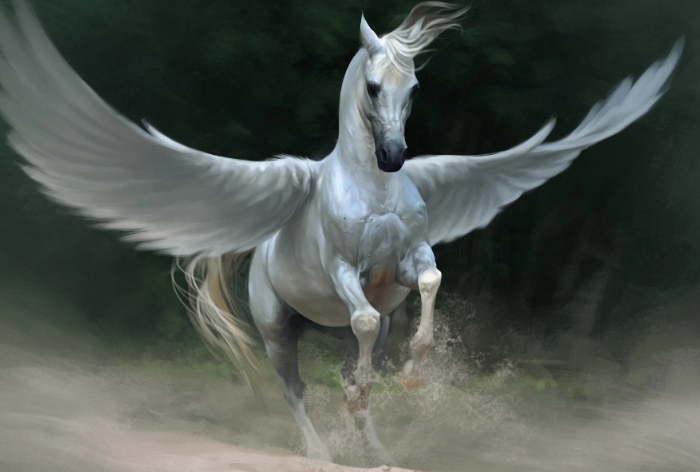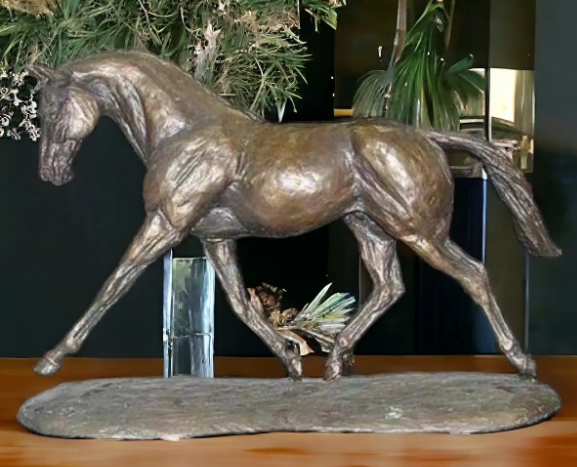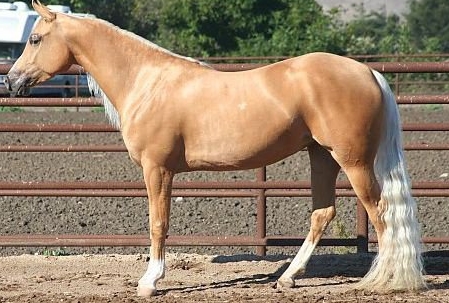In ancient Greek mythology, Pegasus is one of the important mounts of Zeus and Poseidon, a symbol of freedom, strength and speed. It has a pair of huge wings and can fly freely in the sky, so Pegasus is often given extraordinary divinity and spirituality.
Pegasus Statue, that is, Pegasus statue, is a theme that many artists and sculptors like to express. These statues not only show the strong physique of Pegasus, but also convey its sacred temperament and talent. In many statues, Pegasus often appears in a soaring posture, with four hooves off the ground and wings spread, as if it is about to rush into the sky. This shape is not only to show the elegance and beauty of Pegasus, but also symbolizes freedom, dreams and unrestrained spirit.
When we see a Pegasus Statue, we often think of the close connection between man and nature. As one of the representatives of horses, Pegasus’s wings give it more symbolic meaning. Ordinary horses represent speed and power, while Pegasus’ wings enable it to transcend physical limitations and symbolize an unfettered spirit of exploration.
For horse lovers, the image of Pegasus is an inspiration, constantly reminding us of the significance of pursuing freedom and breaking through limits. In many equestrian venues, parks or theme sculptures, Pegasus statues have become one of the most symbolic works of art. It is not only a display of aesthetics, but also a cultural and spiritual inheritance.
Whether it is a sculpture lover or an equestrian enthusiast, Pegasus Statue always resonates with people’s mythology, history and art. These statues allow us to once again feel the charm of Pegasus that transcends time and space, and evoke our yearning and pursuit for free flight.
